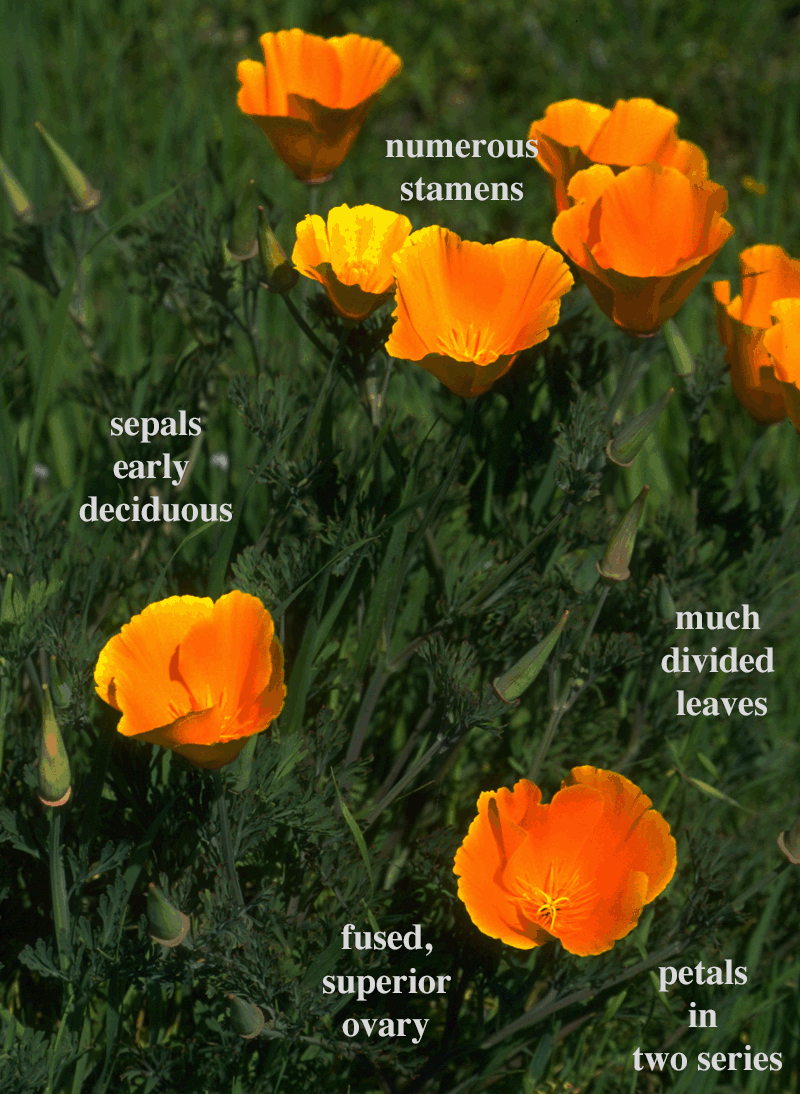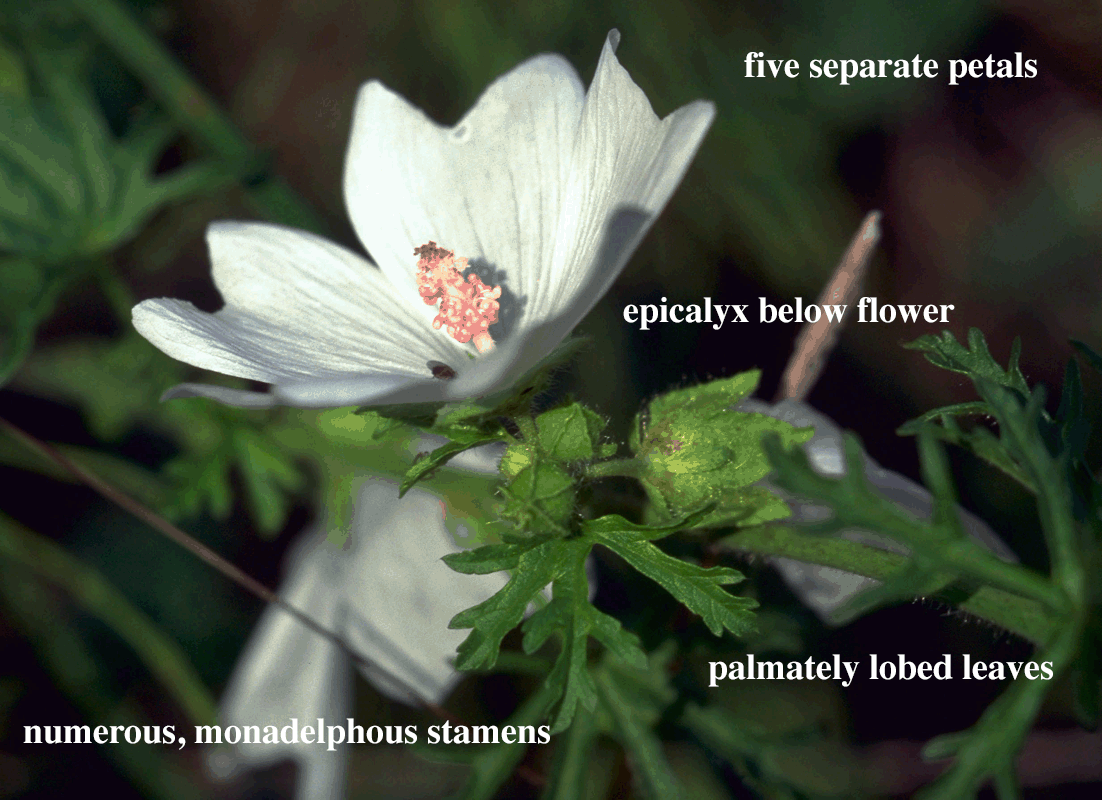Plant Family Quiz 2019
Slides
|
|
 3. Boraginaceae, Cryptantha |
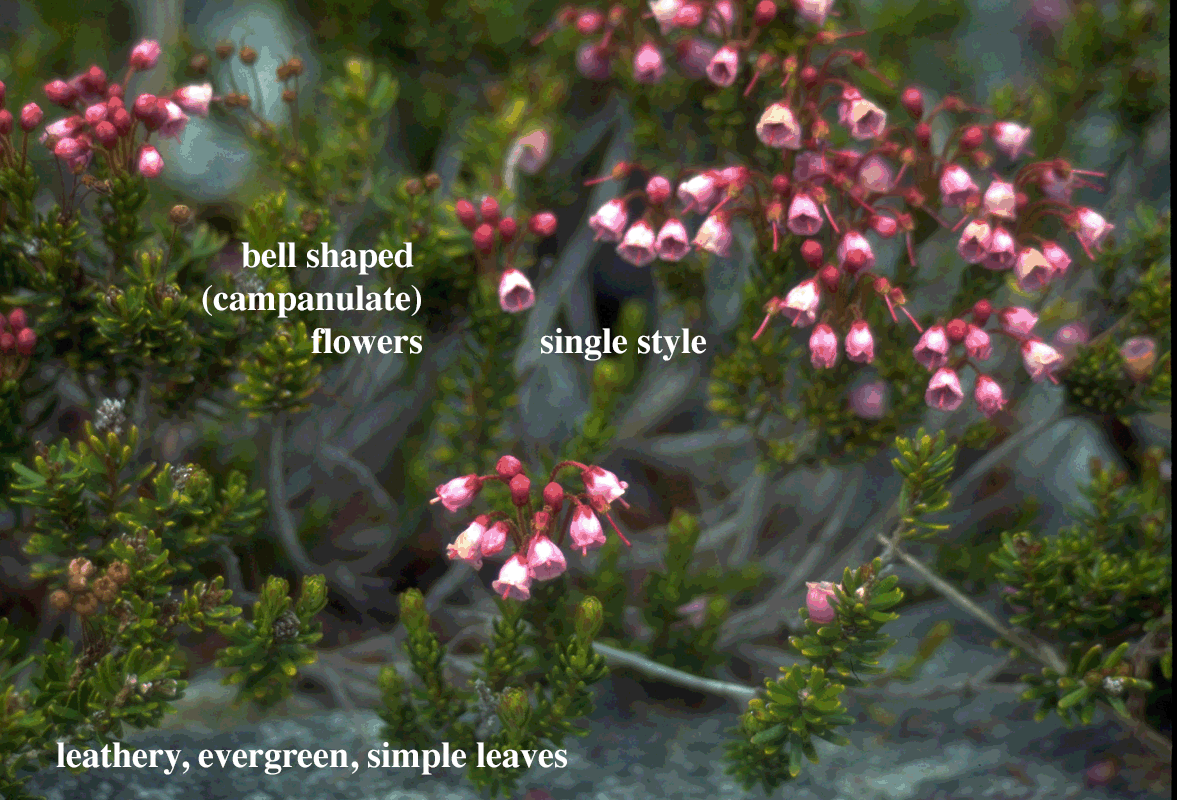 4. Ericaceae, Phyllodoce |
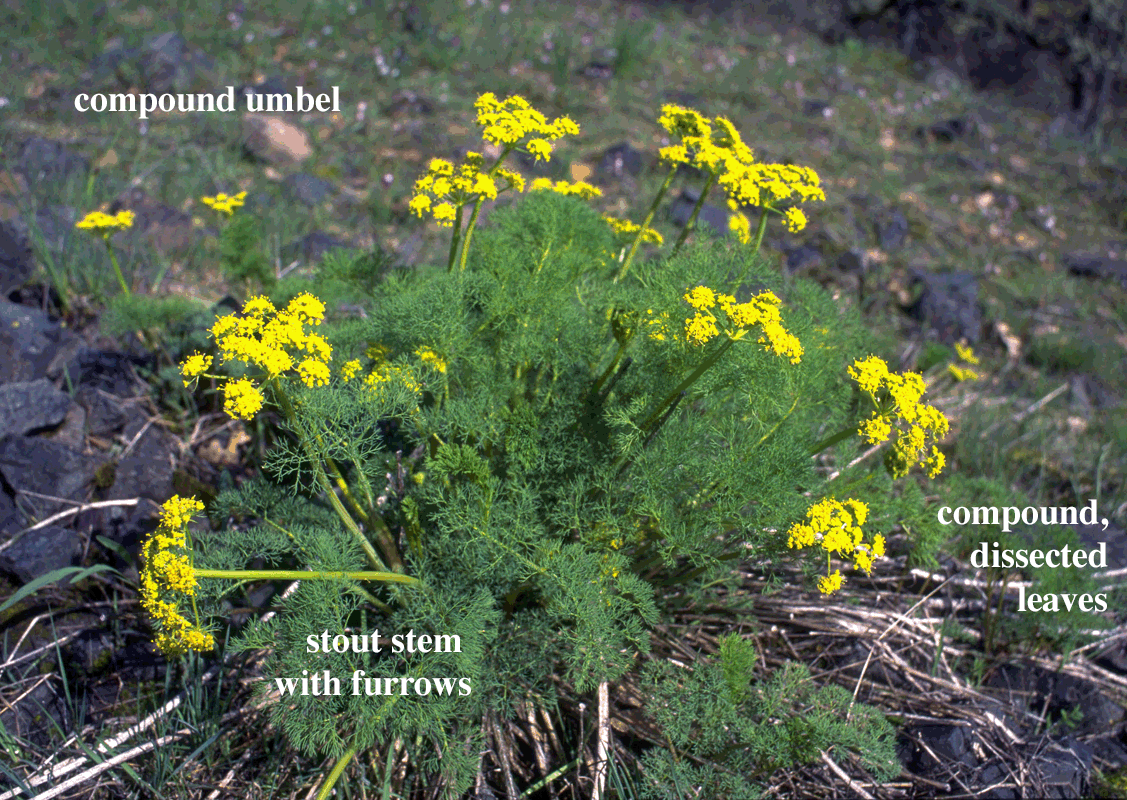 5. Apiaceae (Umbelliferae), Lomatium |
 6. Berberidaceae, Vancouveria |
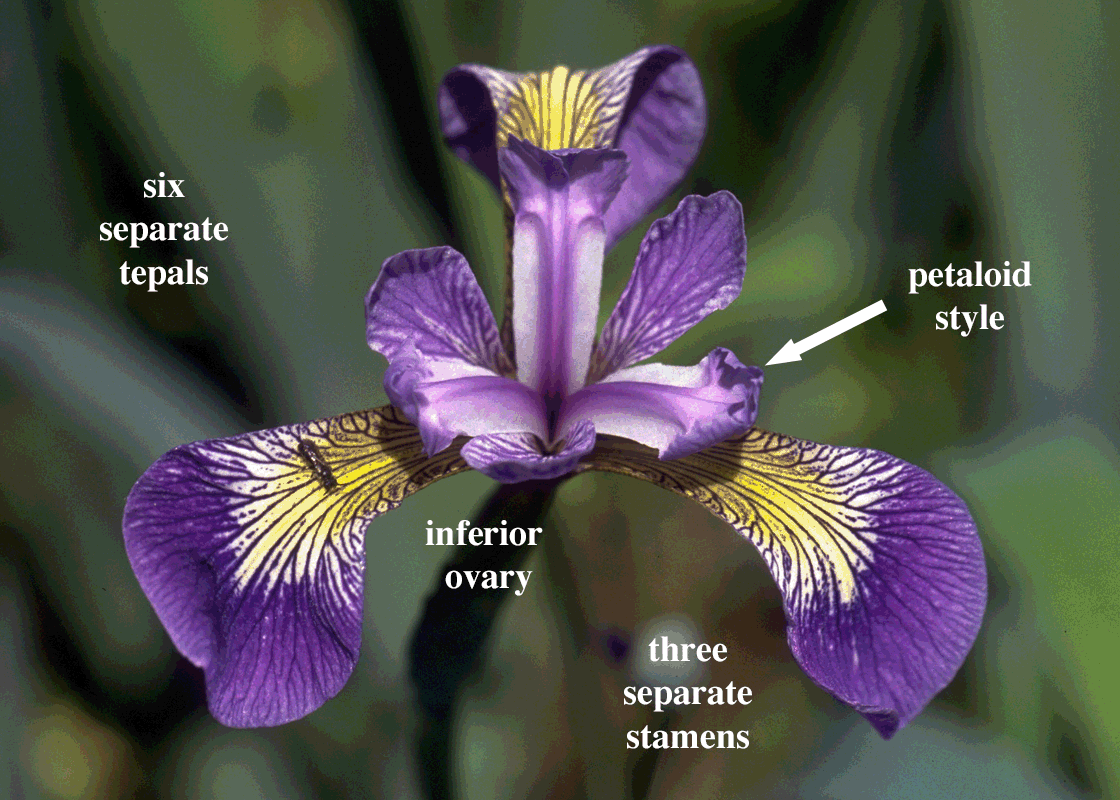 7. Iridaceae, Iris |
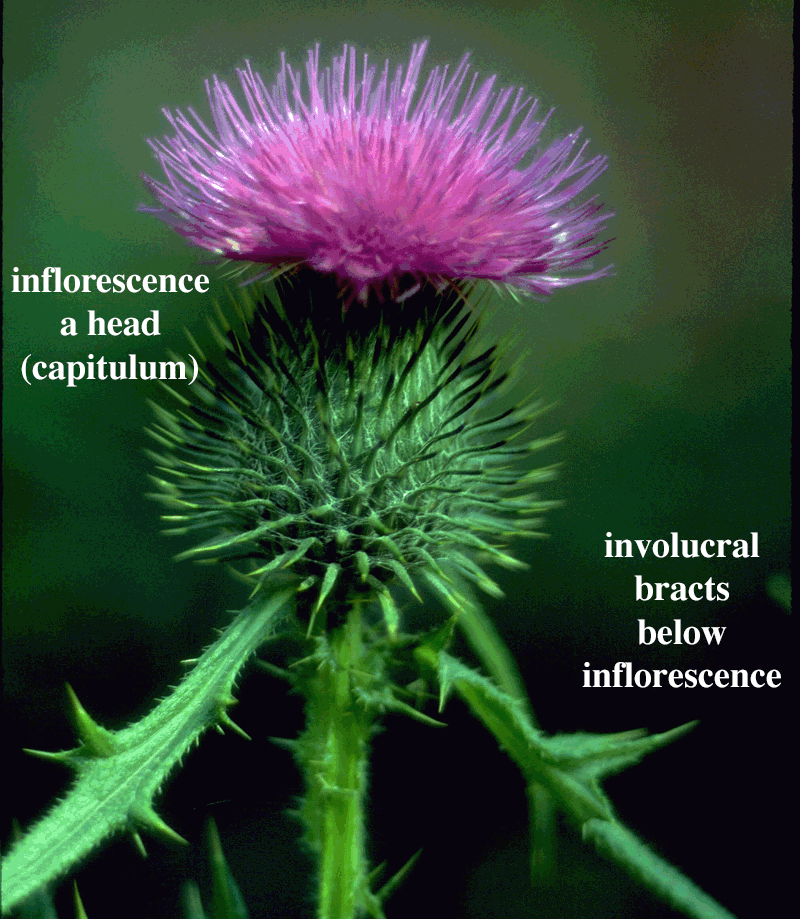 8. Asteraceae (Compositae), Cirsium |
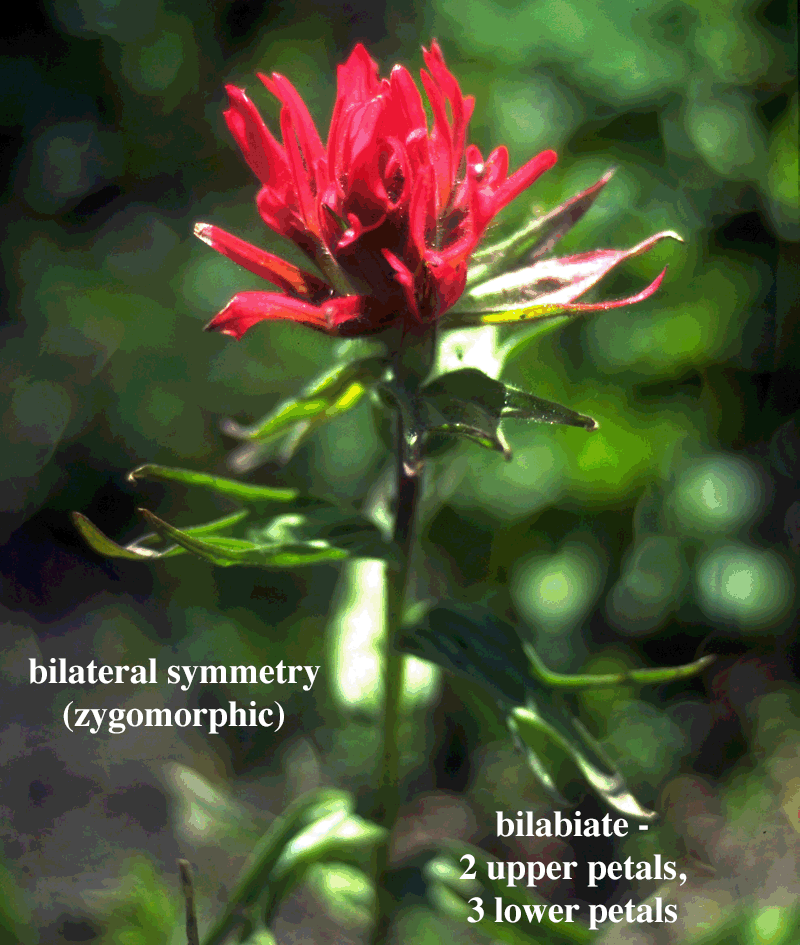 9. Orobanchaceae, Castilleja |
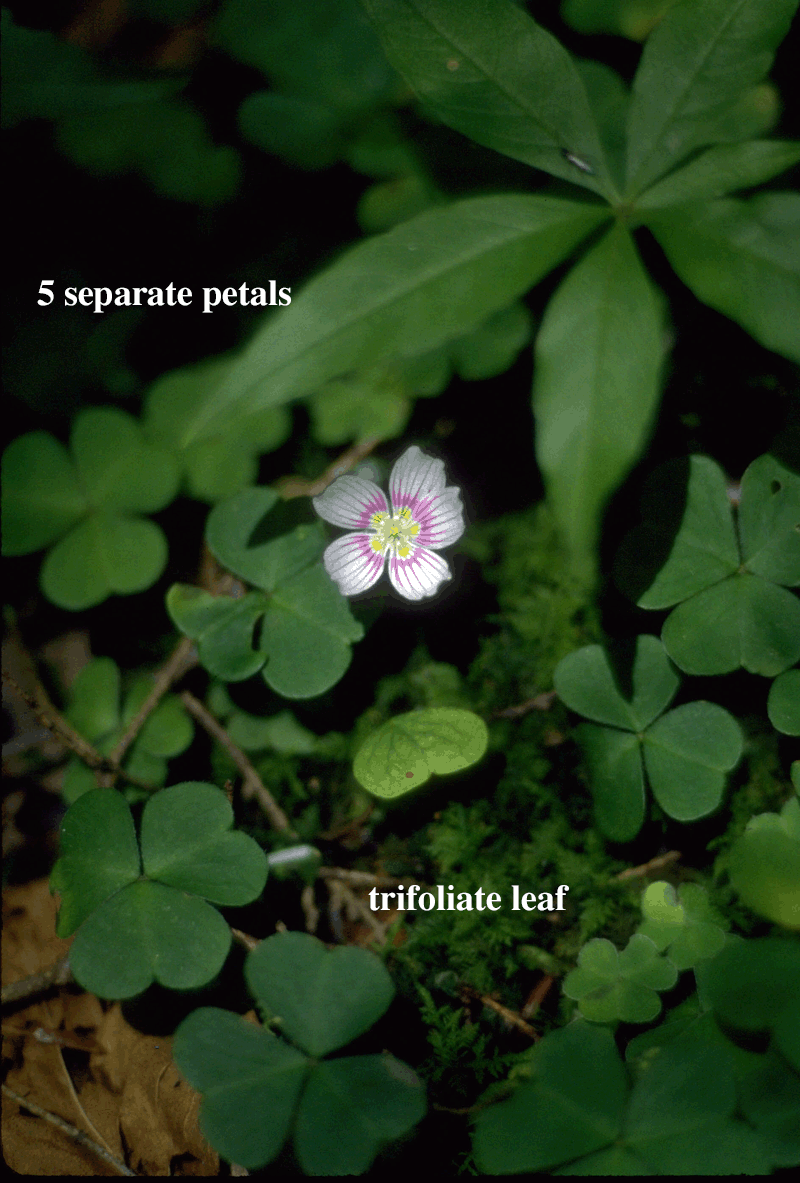 10. Oxalidaceae, Oxalis |
 11. Liliaceae, Calochortus |
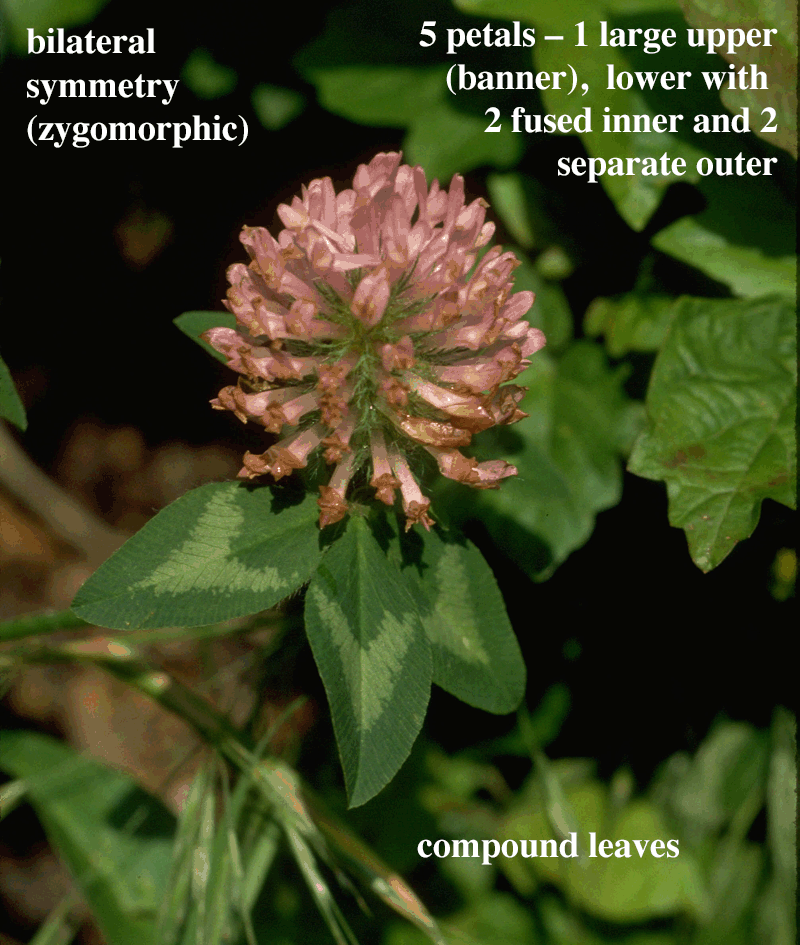 12. Fabaceae (Leguminosae), Trifollium |
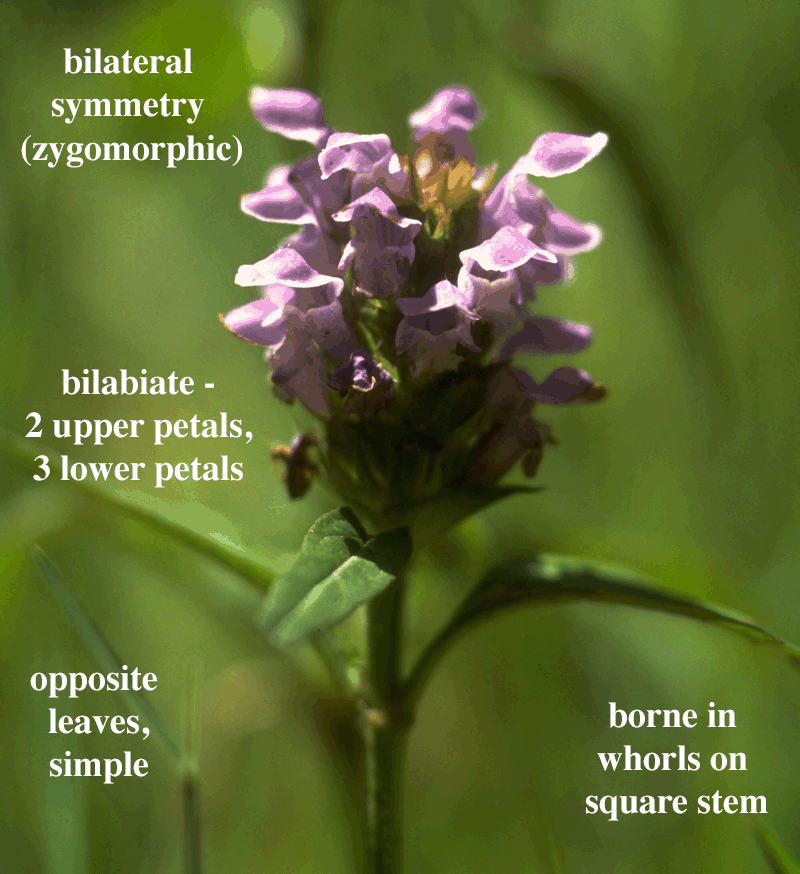 13. Lamiaceae (Labiatae), Prunella |
 14. Melanthiaceae, Trillium |
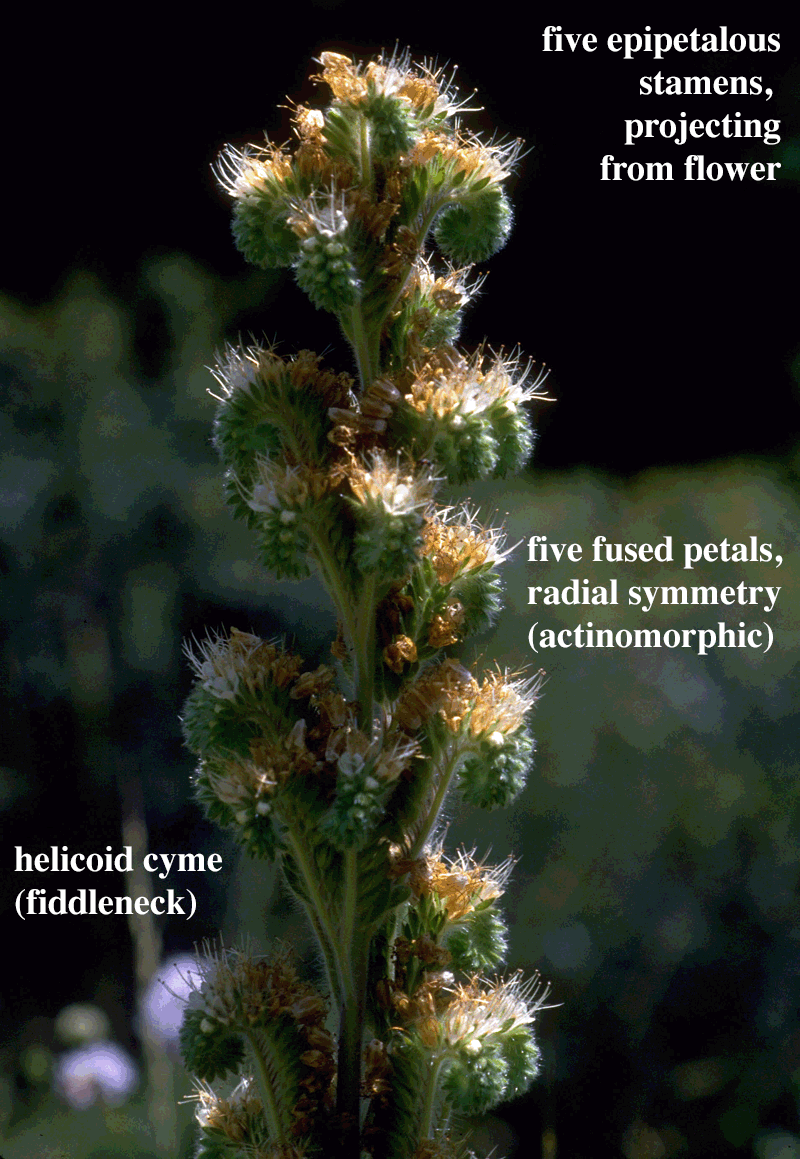 15. Hydrophyllaceae, Phacelia |
 16. Brassicaceae (Cruciferae), Erysimum |
 17. Rosaceae, Rubus |
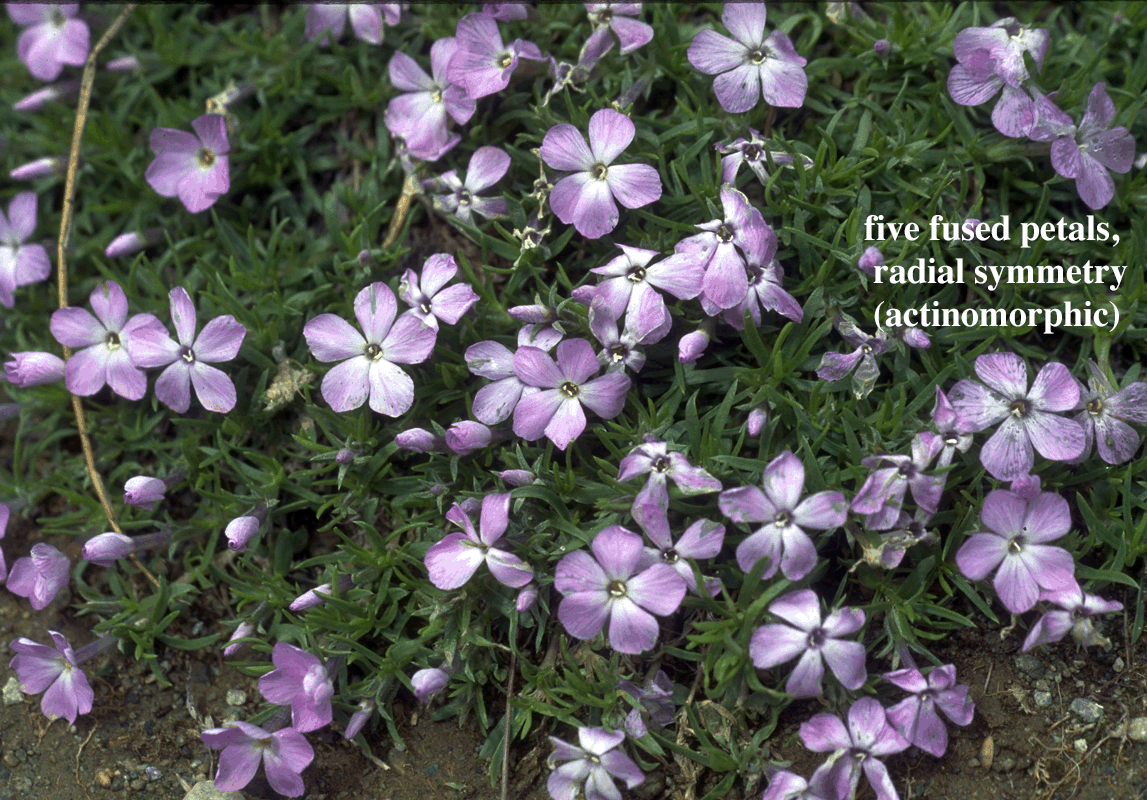 18. Polemoniaceae, Phlox |
 19. Ranunculaceae, Aquilegia |
 20. Plantaginaceae, Collinsia |
Living/Preserved Material
21. What kind of inflorescence is this? (Primulaceae; Primula)
umbel/scape
22. Describe the symmetry of this flower. (Papaveraceae; Papaver)
actinomorphic (radial)
23. Name one feature that could be used to tell these two families apart in the field. (Brassicaceae; Hesperis vs. Onagraceae; Clarkia)
number of stamens, overy inferior/superior
24. What kind of inflorescence. (Betulaceae; Alnus)
catkin (also a cyme)
25. Describe the insertion of the androecium and perianth parts of these flowers. (Orchidaceae; Cypripdeium)
epigynous (inserted above an inferior ovary)
26. What kind of inflorescence is this? (Araceae; Lysichiton)
spadix, inside a spathe (also a cyme)
27. What kind of fruit is this? (Fabaceae; Astragulus)
legume
28. The androecium and perianth in these flowers are attached to what structure? (Saxifragaceae; Lithophragma)
hypanthium
29. What kind of inflorescence is this? (Asteraceae; Petasites)
compsit, head, capitulum (also the heads are arranged as a corymb)
30. Describe the insertion of the androecium and perianth parts of these flowers. (Ranunculaceae; Ficaria)
hypogynous (inserted below a superior ovary)
31. Name one feature that could be used to tell these two families apart in the field. (Polemoniaceae; Collomia vs. Caryophyllaceae; Silene)
petal fusion, leaf position at swollen stem nodes, separate stigmas from the top of the ovary
32. What kind of fruit is this? (Ericaceae; Vacinnium)
berry
33. Name one feature that could be used to tell these two families apart in the field. (Lamiaceae; Scuttelaria vs. Scrophulariaceae; Penstemon)
stem shape (squareness), ovary lobing, fruit
34. Describe the symmetry of these flowers. (Violaceae; Viola)
zygomorphic (bilateral symmetry)
35. What kind of fruit is this? (Ranunculaceae; Clematis)
achene
BONUS 1: To what Family does the plant belong that is the source of cookie filling?
vanilla is in the Orchidaceae
BONUS 2.This food in the center of this snack comes from which family?
almond (the genus Prunus) is in the Rosaceae
BONUS 3: What term describes the fruit that is scattered over the outside of the strawberry?
achene is the term for the individual fruits, scattered over the surface of the fleshy outgrowth of the receptacle. Aggregate is a term for the entire structure (receptacle plus many achenes)
